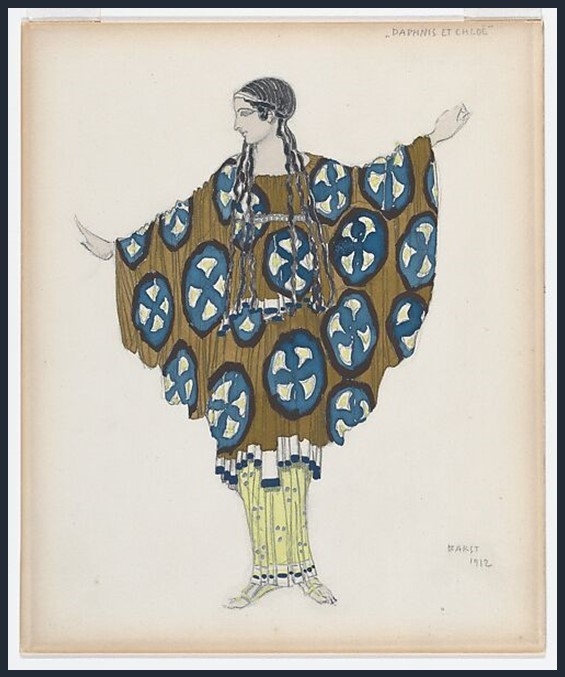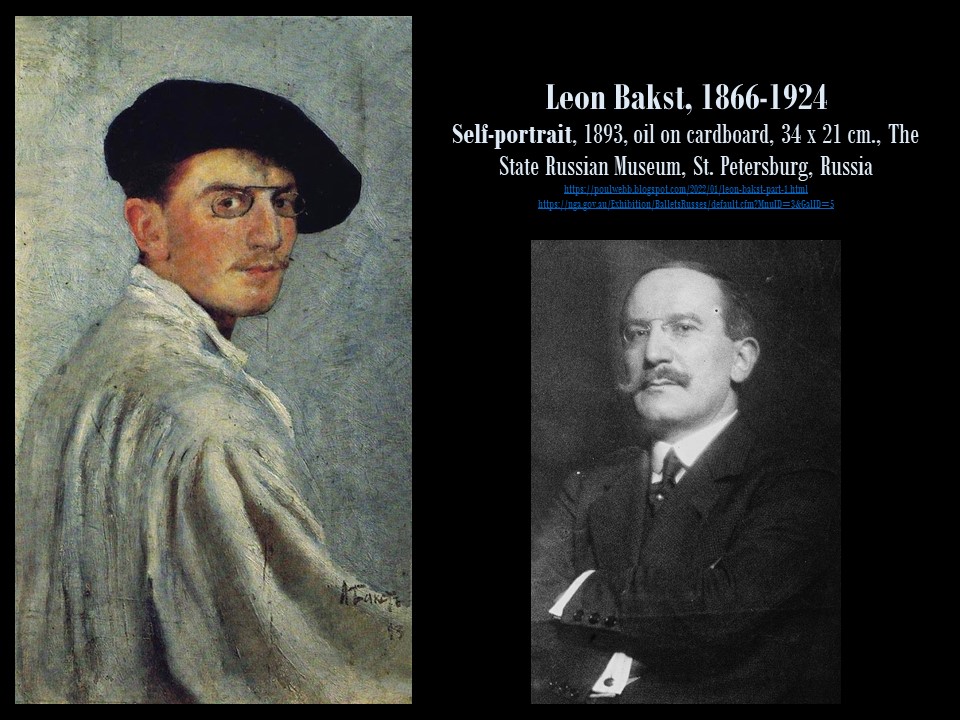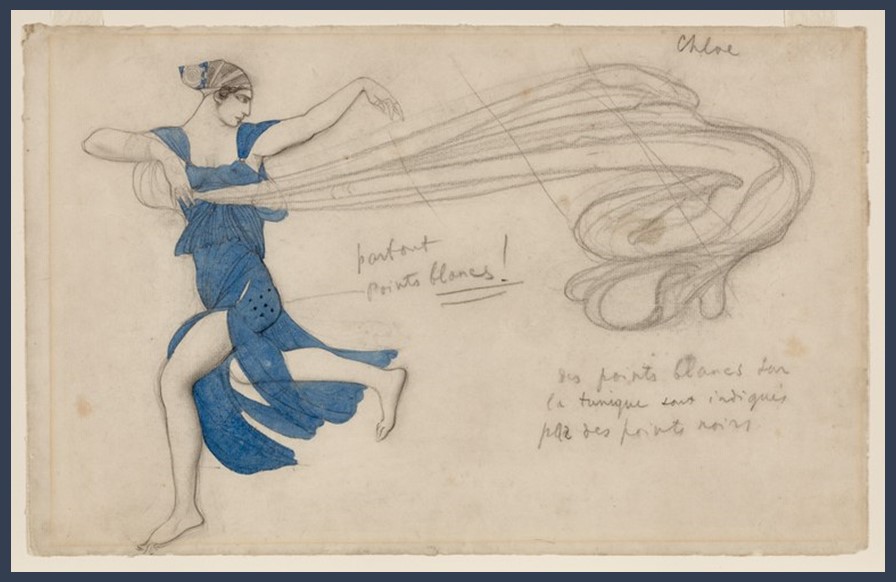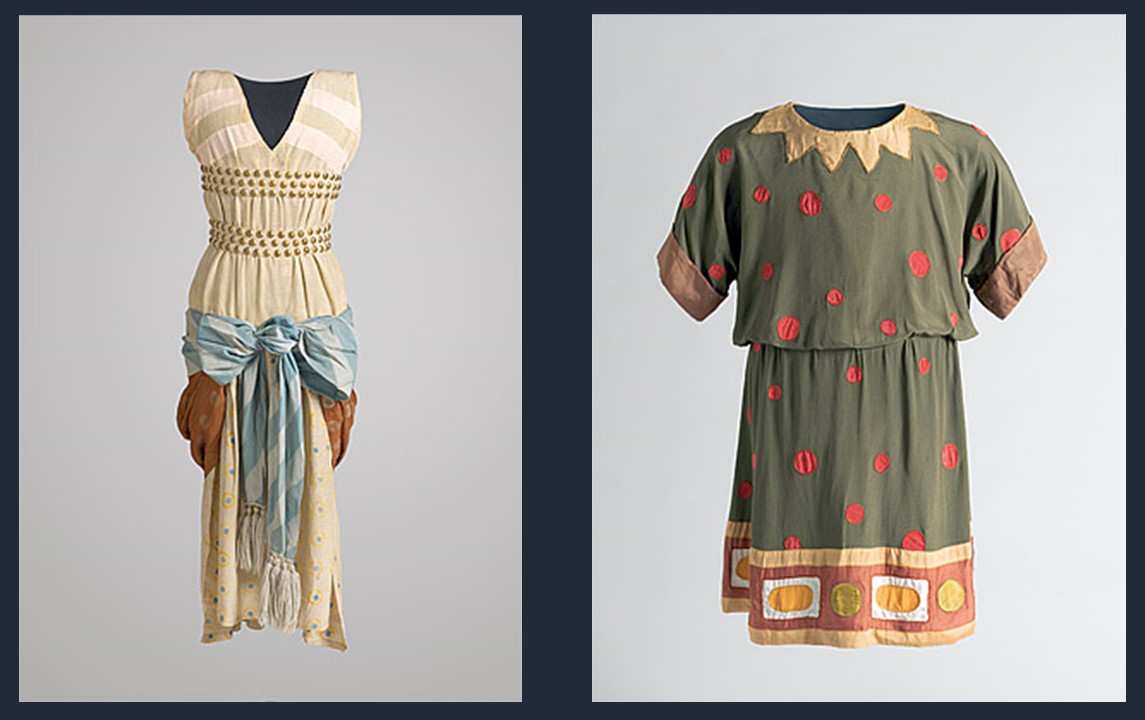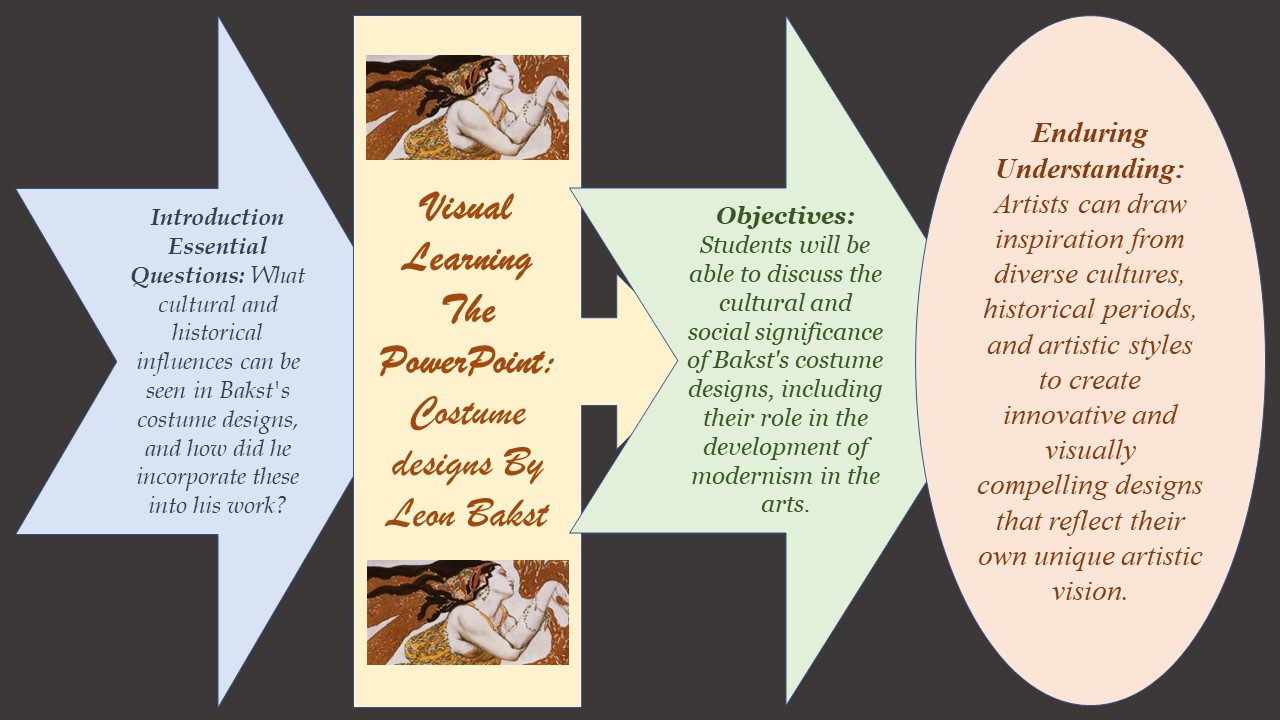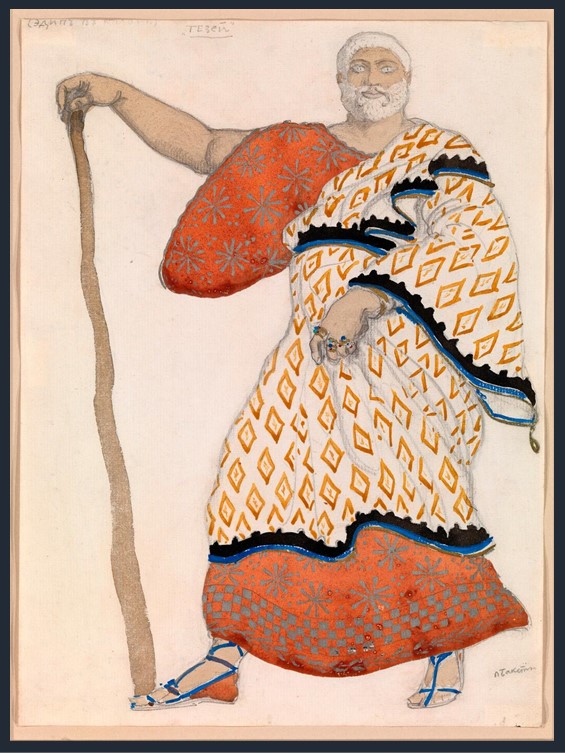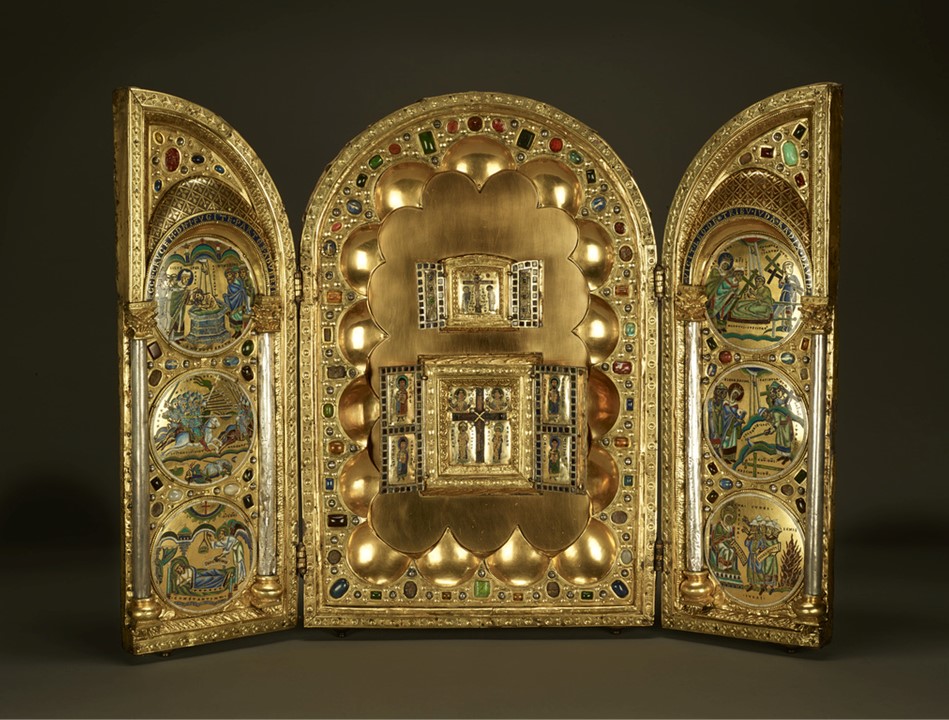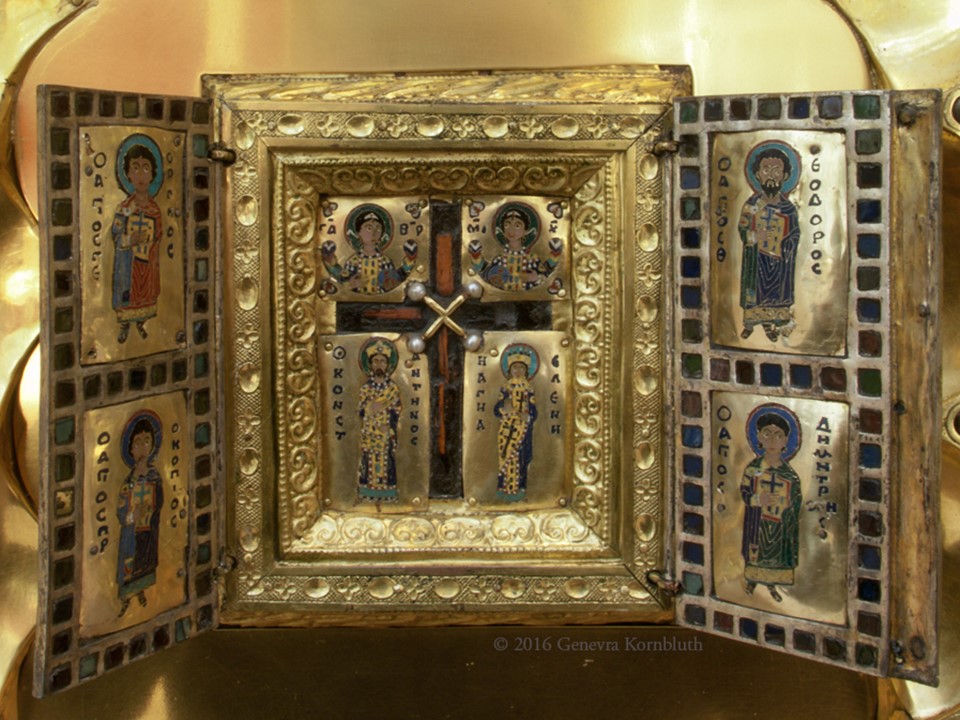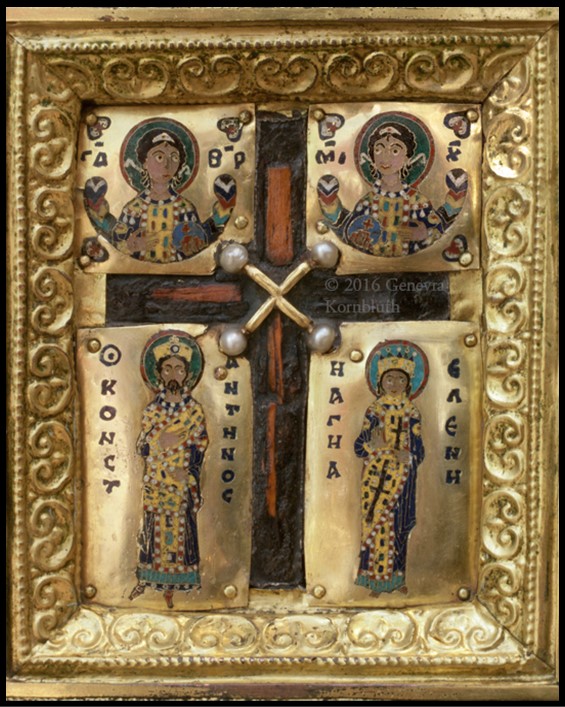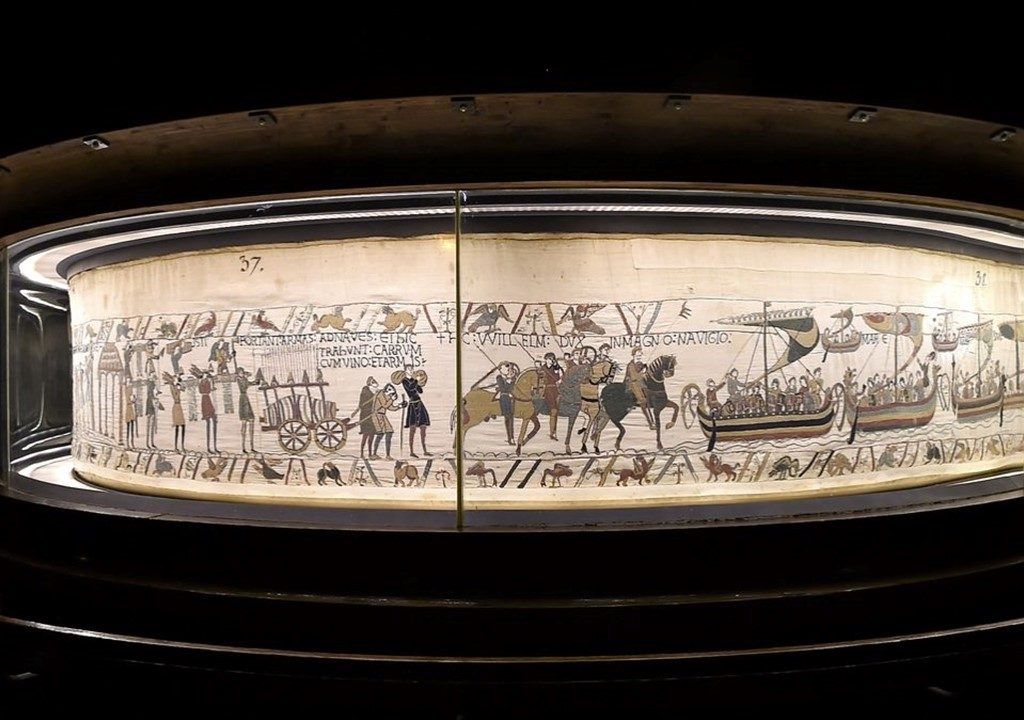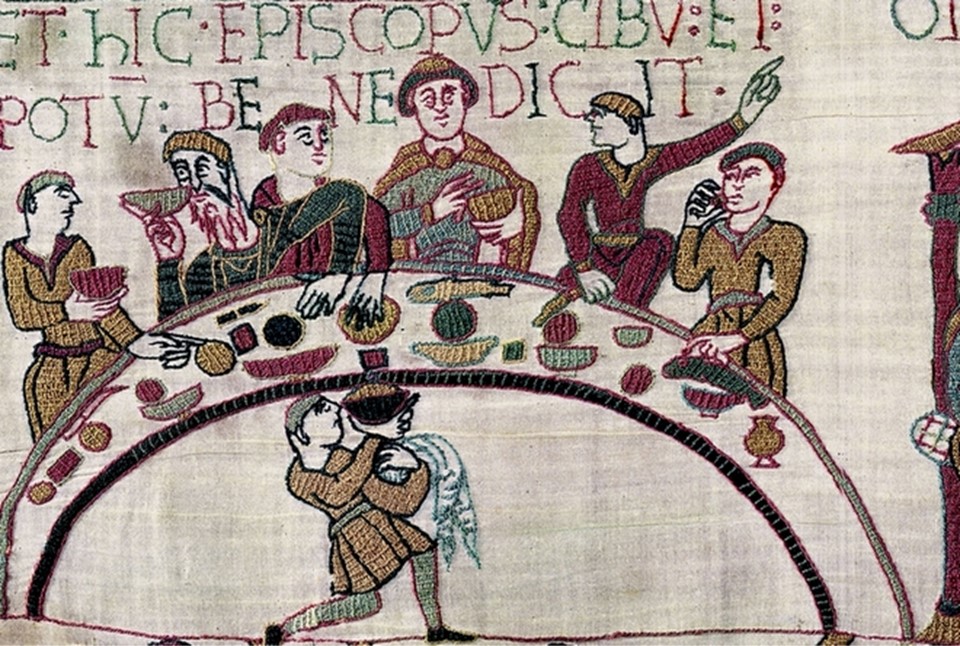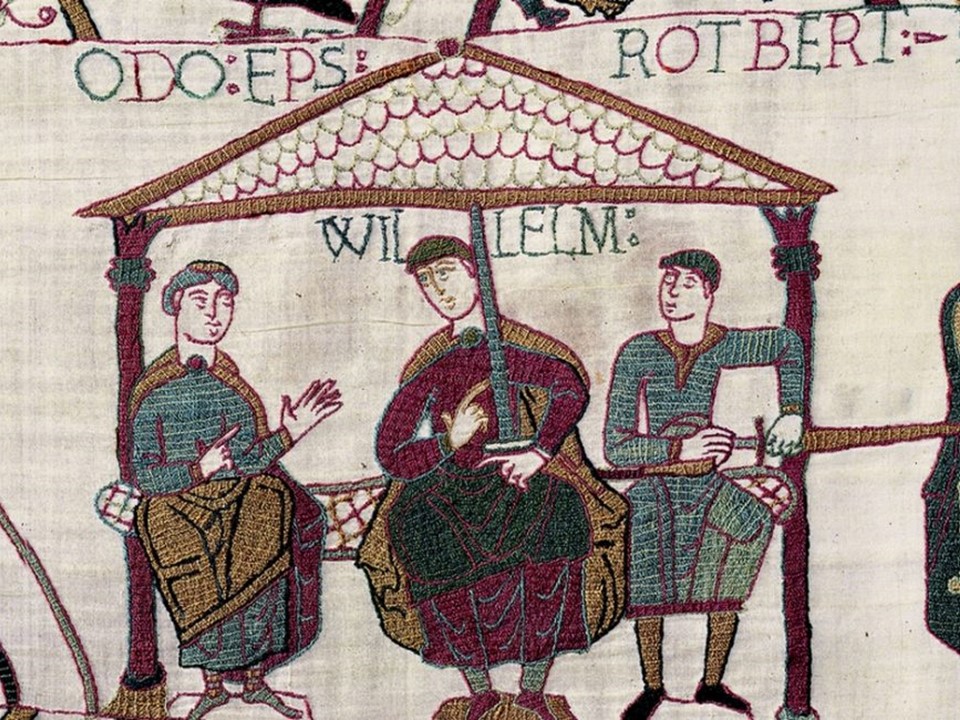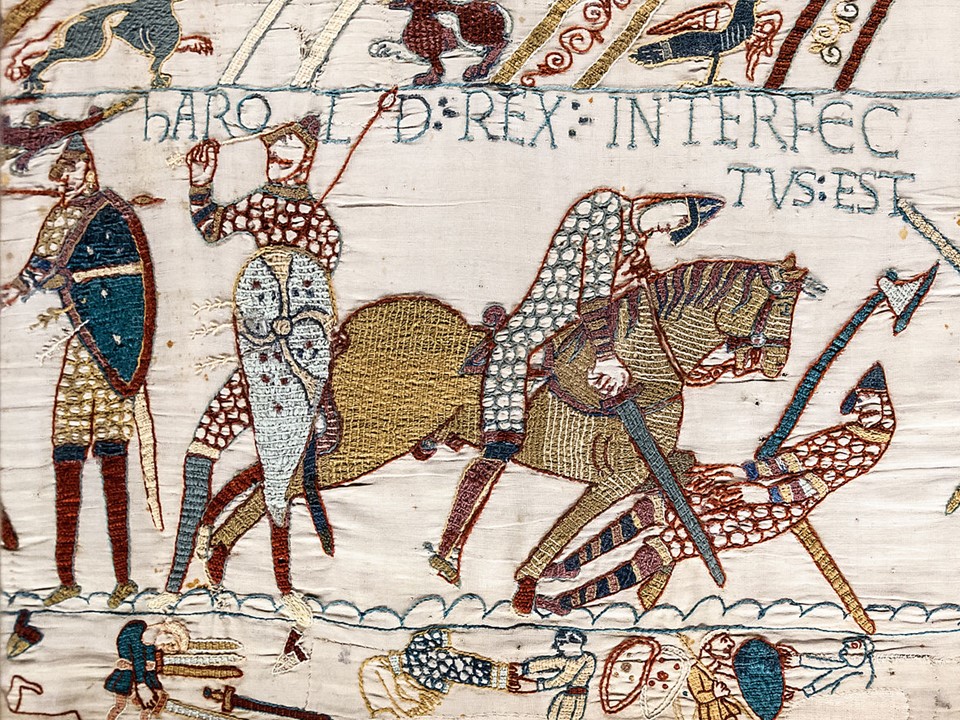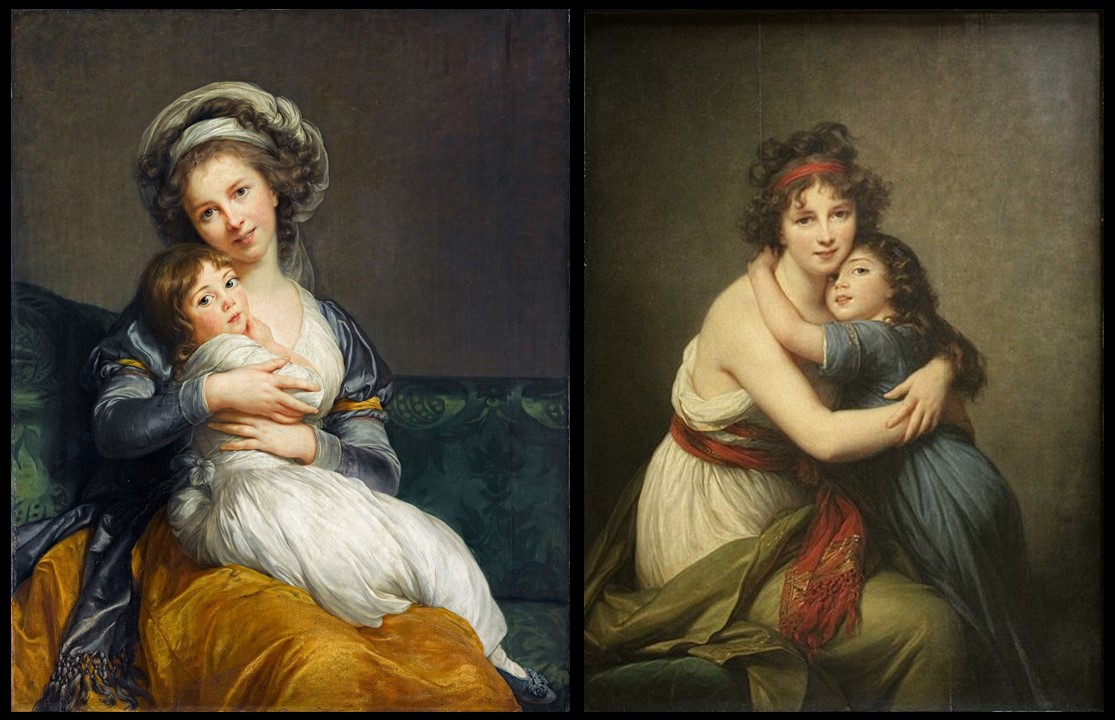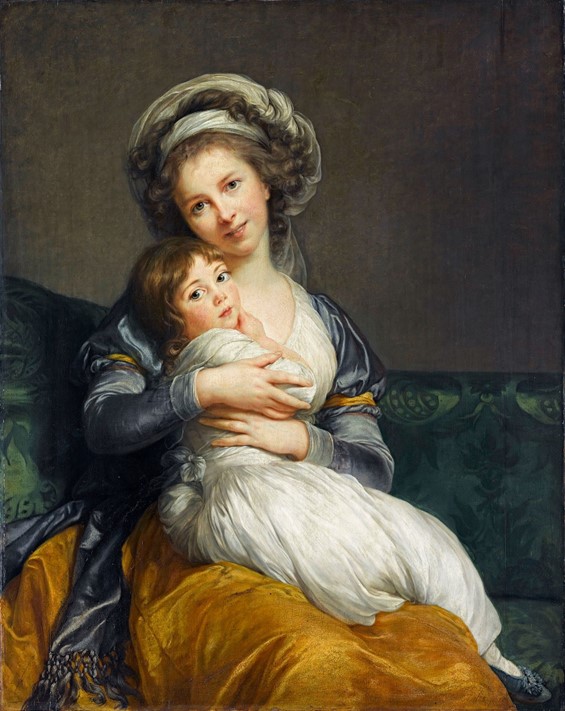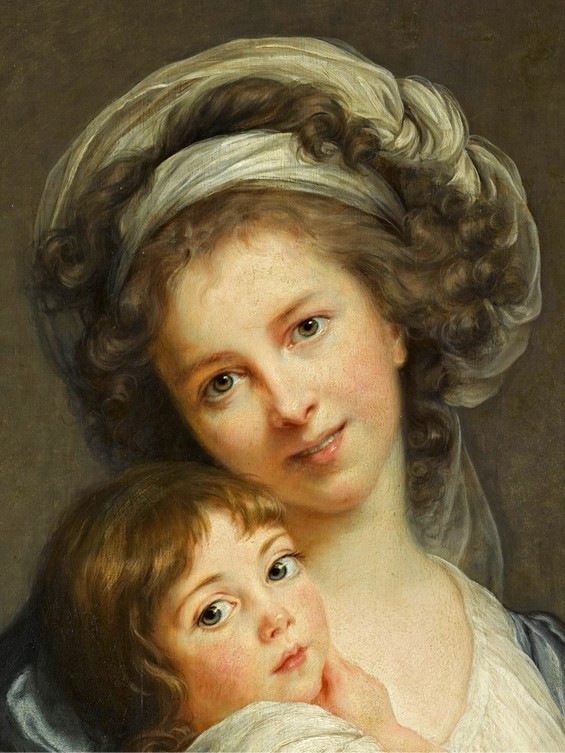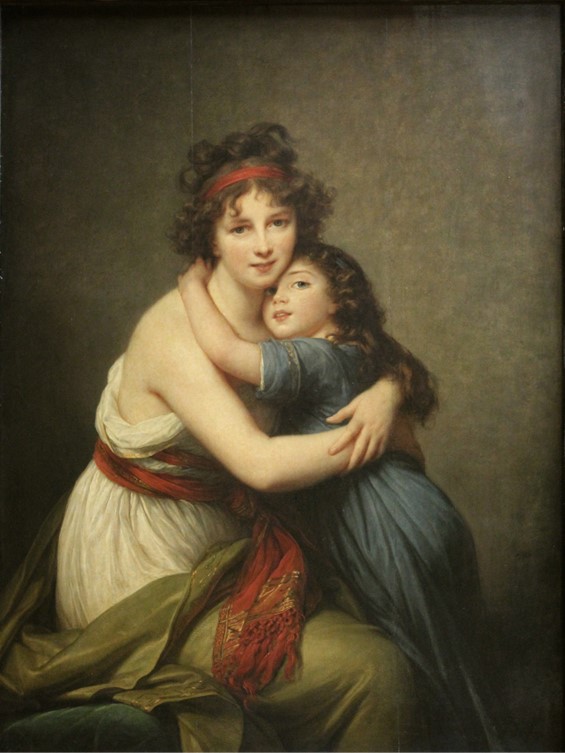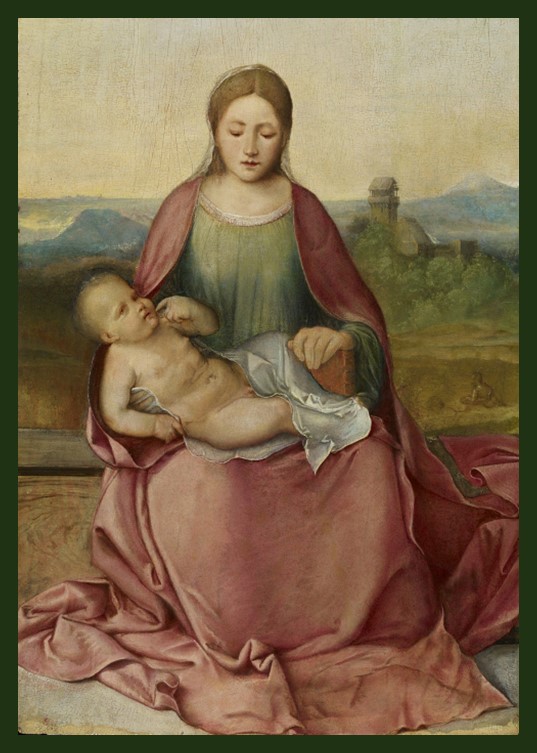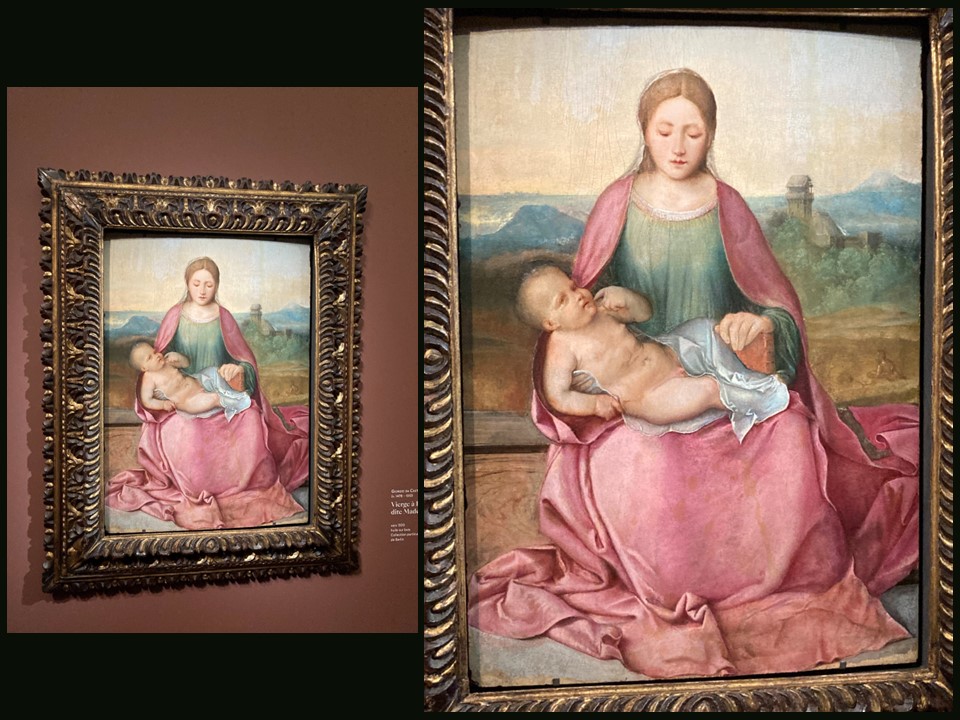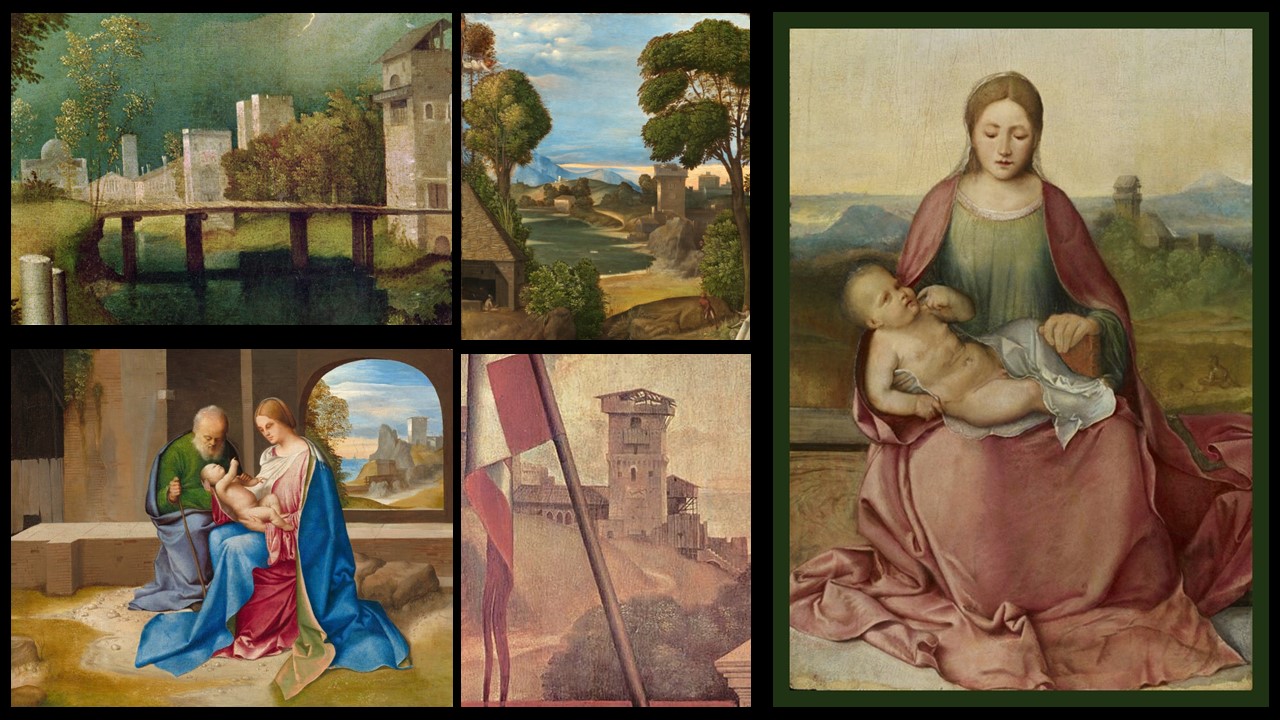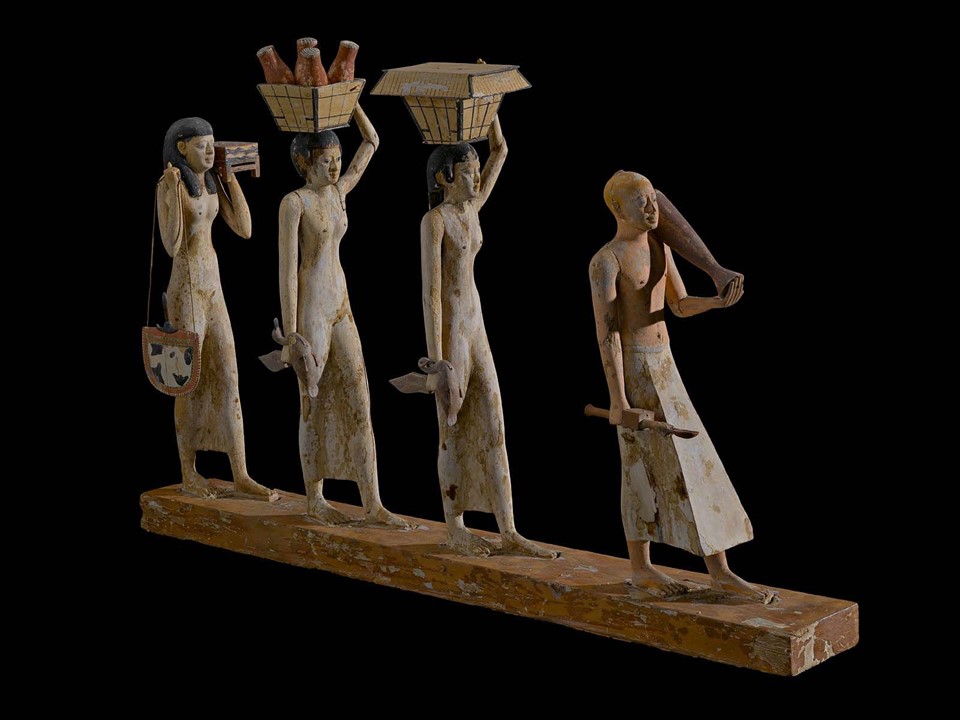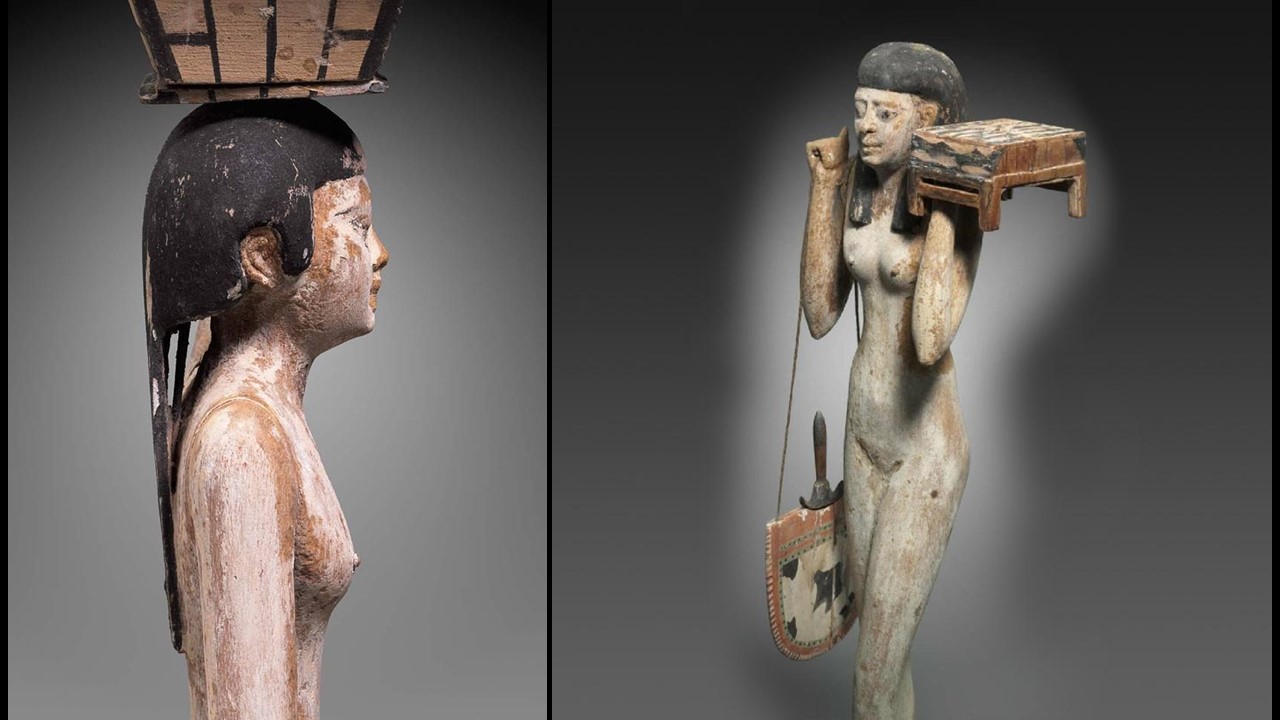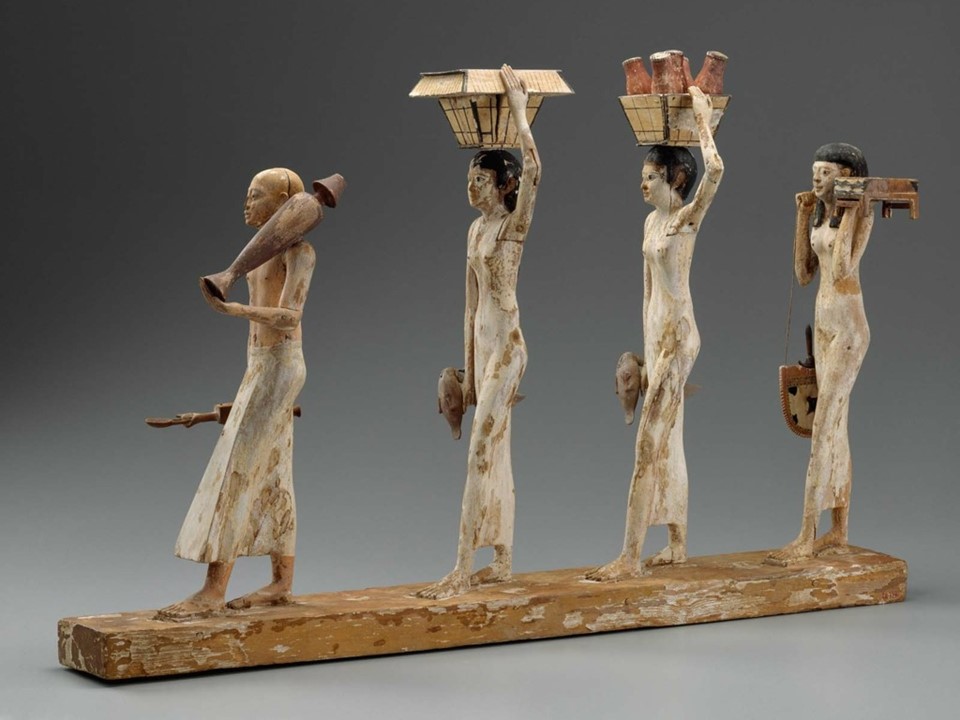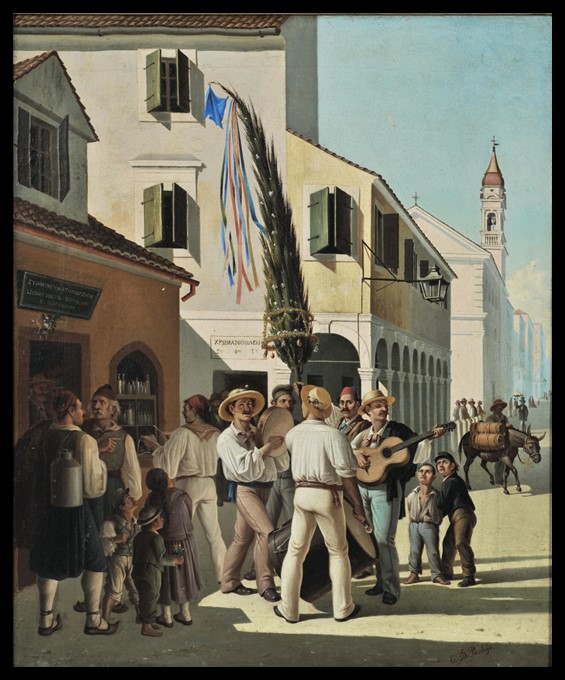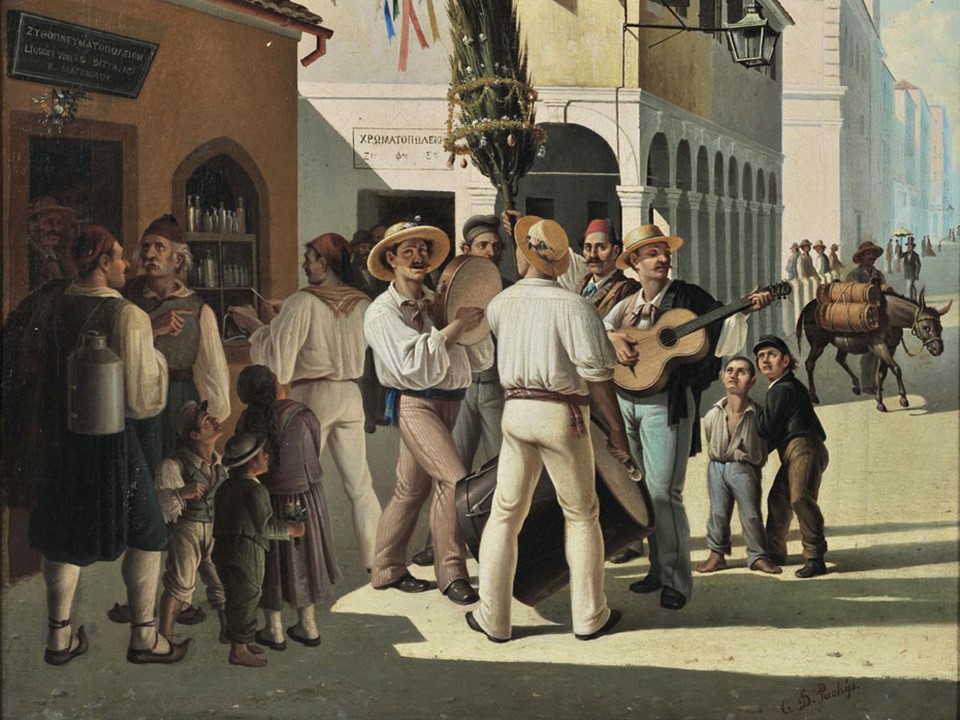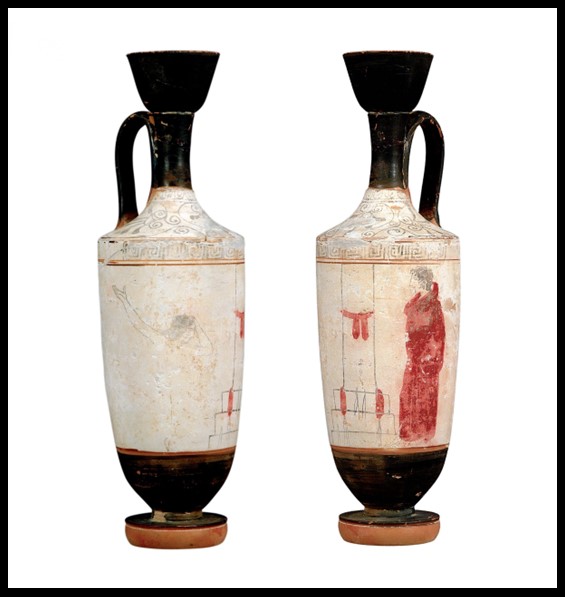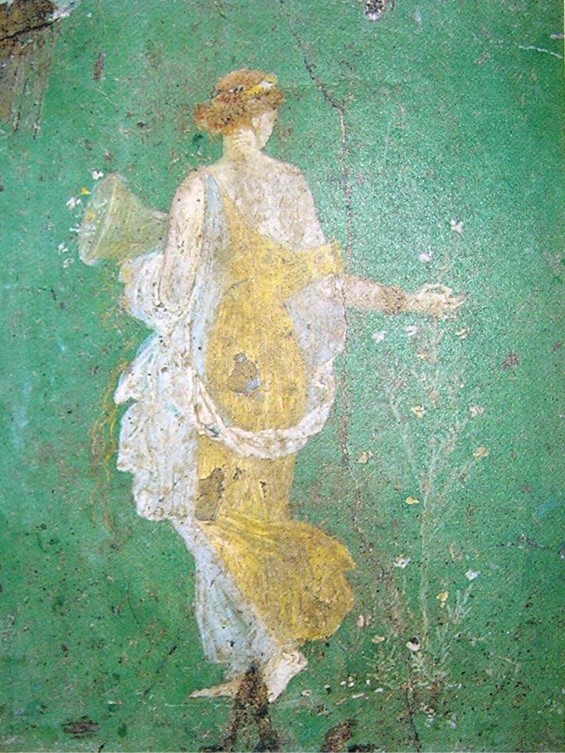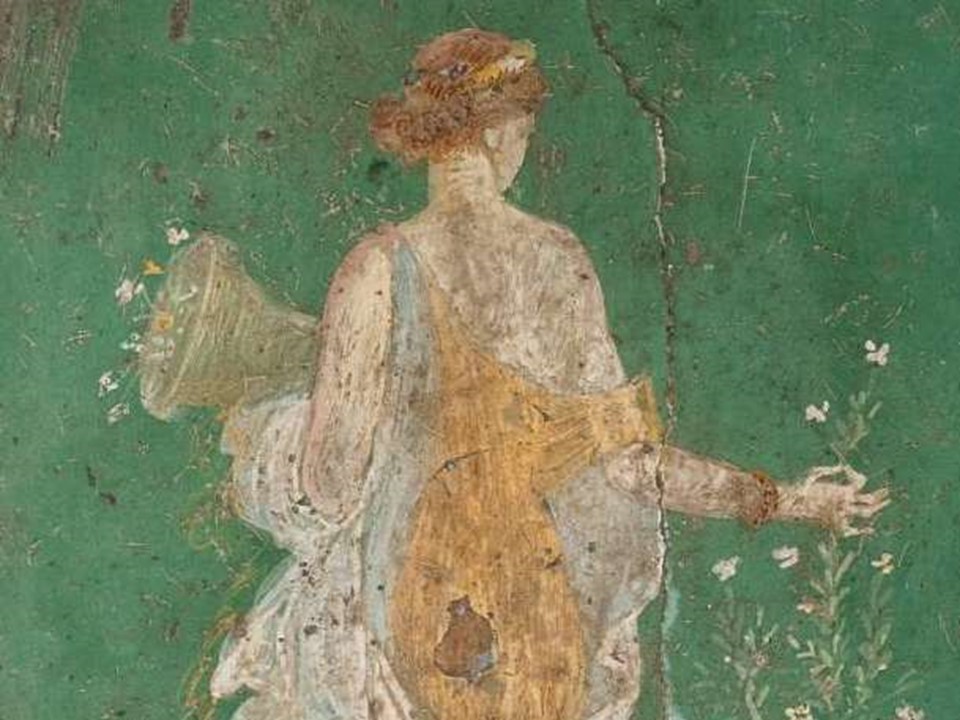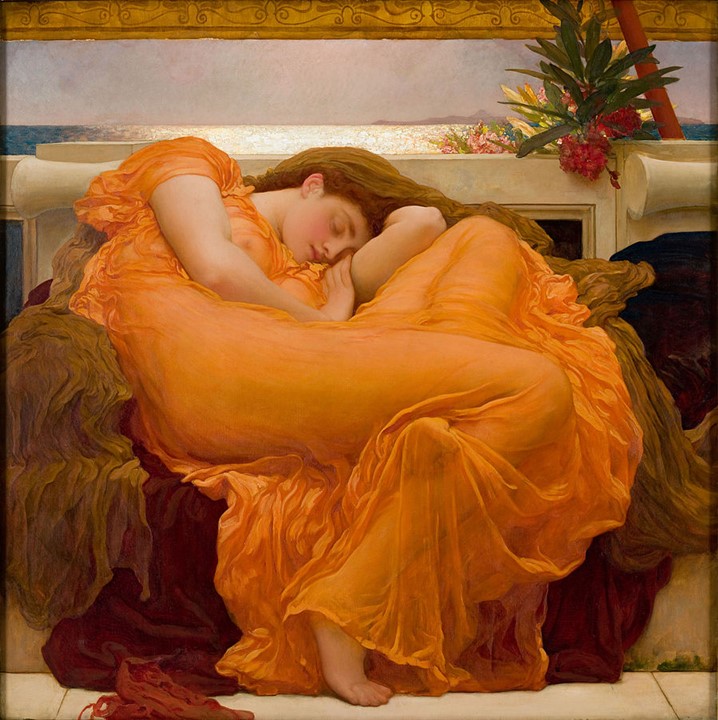
Flaming June, 1895, Oil on Canvas, 119.1 × 119.1 cm, Museo de Arte de Ponce, The Luis A. Ferré Foundation, Inc., Ponce, Puerto Rico https://www.art-theoria.com/painting-of-the-month/flaming-june/
According to Leighton, the composition was inspired by the posture of a tired model. He elaborated her sinuous pose and then added sheer orange draperies. Her skin flushed by the sun, she is transformed into a personification of summer heat. The image reflects Leighton’s allegiance to artistic ideals that emphasized harmonious color and form over narrative… Flaming June is currently presented at the MET, in New York City, part of the Victorian Masterpieces from the Museo de Arte de Ponce, Puerto Rico (October 8th, 2022 – February 2024) Exhibition. I first saw the painting in 1997 in Washington DC, as part of The Victorians: British Painting in the Reign of Queen Victoria, 1837-1901 NGA Exhibition. Lord Leighton’s painting was one of the highlights… and rightly so! https://www.metmuseum.org/art/collection/search/888184?&exhibitionId=0&oid=888184&pkgids=undefined and https://www.nga.gov/exhibitions/1997/victorians.html
When Flaming June was first exhibited in 1895 at the Royal Academy in London, it received mixed reviews from the public and critics. Some praised the painting for its beauty and technical skill, while others criticized it for being too decorative and lacking in substance. Over time, Flaming June became one of Lord Leighton’s most celebrated works and is now regarded as a masterpiece of Victorian art. Its popularity is due in part to the fact that it captures the essence of the Aesthetic Movement, which valued beauty and art for art’s sake. The painting’s stunning colours, intricate details, and graceful composition have made it a favorite of art lovers and collectors around the world.
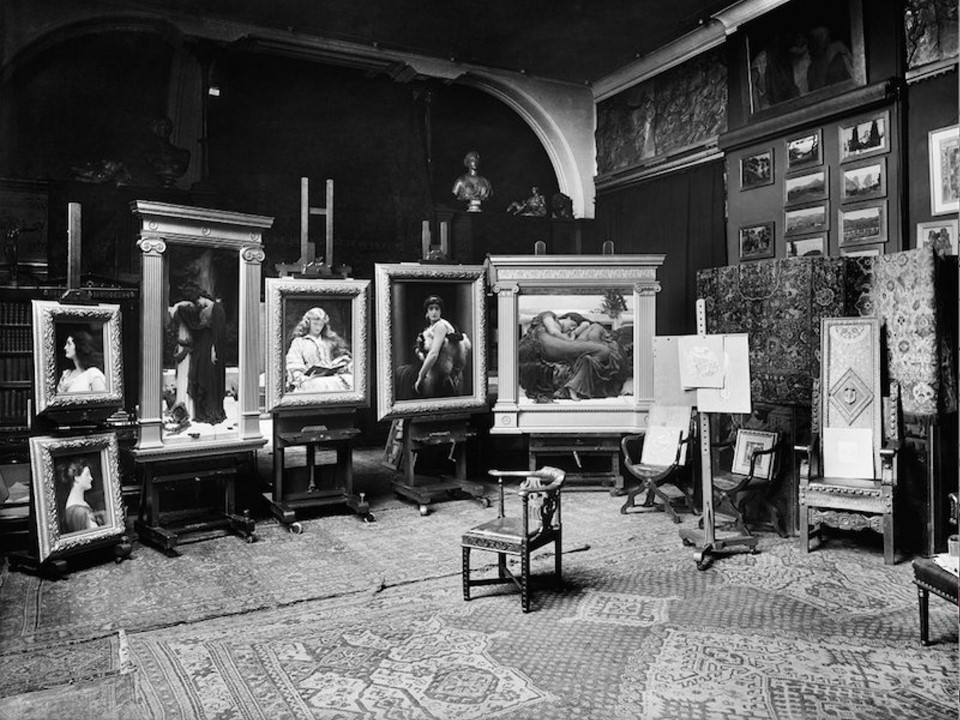
Photo: Bedford Lemere / Historic England Archive
https://arthive.com/news/2252~Flaming_June_returned_home_for_the_first_time_in_85_years
The first time I saw Flaming June I was stunned by the artist’s use of colour, light, and texture. The painting features an amazing palette of warm oranges, yellows, and reds, contrasted with cool blues and greens. The colour scheme creates a sense of harmony and balance, with the warm tones of the woman’s dress and skin offset by the cool tones of the background and the marble bench.
The use of light and shadow is another important aspect of the painting’s composition. The warm light of the sun illuminates the woman’s neck, face, and body, creating a sense of warmth and intimacy. The play of light and shadow also adds depth and dimensionality to the painting, making it appear almost three-dimensional.
The texture is also notable. Lord Leighton was known for his attention to detail, and this is evident in the intricate folds and drapery of the woman’s dress, which appear almost lifelike. The texture of the marble bench is also finely rendered, with the veins and striations of the stone adding depth and dimension to the painting.
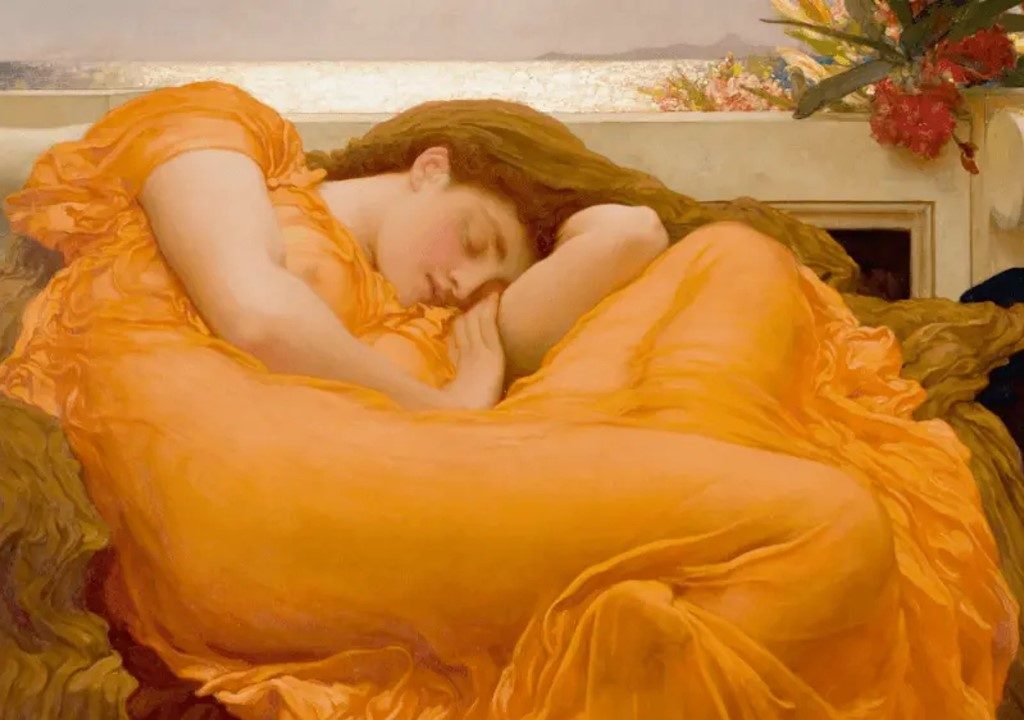
Flaming June (detail), 1894, black and white Chalk on brown Paper, Leighton House Museum, London, UK
https://www.linkedin.com/pulse/art-sir-frederic-leighton-flaming-june-1895-francisco-filipe-cruz/
Overall, the colours, use of light, and textures of Flaming June are integral to the painting’s beauty and impact. The warm, vibrant colours and intricate textures work together to create a sense of luxury and elegance, while the play of light and shadow adds depth and dimension to the painting. The result is a stunning work of art that continues to captivate viewers more than a century after its creation.
Frederic, Lord Leighton (1830-1896) was a British painter and sculptor who is considered one of the most important figures of the Victorian era. He was born in Scarborough, England, and showed an early talent for art, studying under several well-known artists before enrolling at the Royal Academy in London. He was known for his technical skill and attention to detail, and his paintings often featured classical or historical themes. He was particularly interested in the human form, and many of his works depict idealized figures in elegant poses. Leighton’s legacy as an artist is a lasting one. Regarded as one of the most important artists of the Victorian era, his influence can be seen in the work of many artists who came after him.
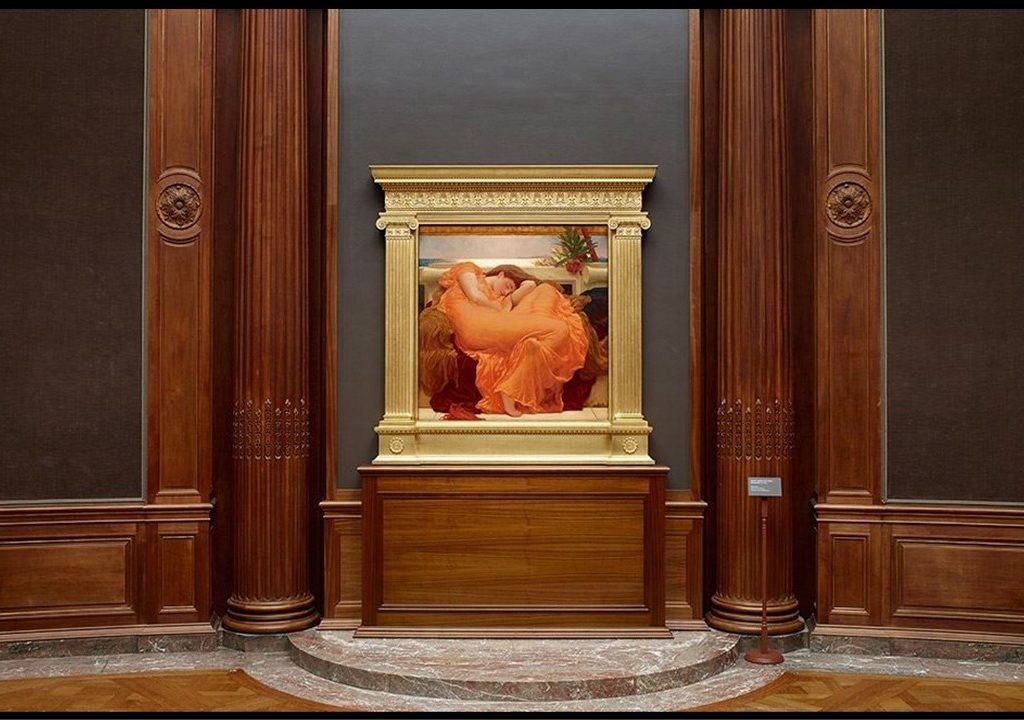
Flaming June, 1894, black and white Chalk on brown Paper, Leighton House Museum, London, UK
https://www.linkedin.com/pulse/art-sir-frederic-leighton-flaming-june-1895-francisco-filipe-cruz/
Flaming June is part of the collection of the Ponce Museum of Art in Ponce, Puerto Rico. The painting was acquired by the Ponce Museum of Art in 1963 and has been on display there ever since.
In the early 20th century, when Victorian art was already falling out of fashion, Samuel Courtauld, the millionaire collector and founder of the Courtauld Institute, called it “the most wonderful painting in existence”. https://www.theguardian.com/artanddesign/2016/jun/20/flaming-june-frederic-lord-leighton-house-museum
For a Student Activity, please… Check HERE!
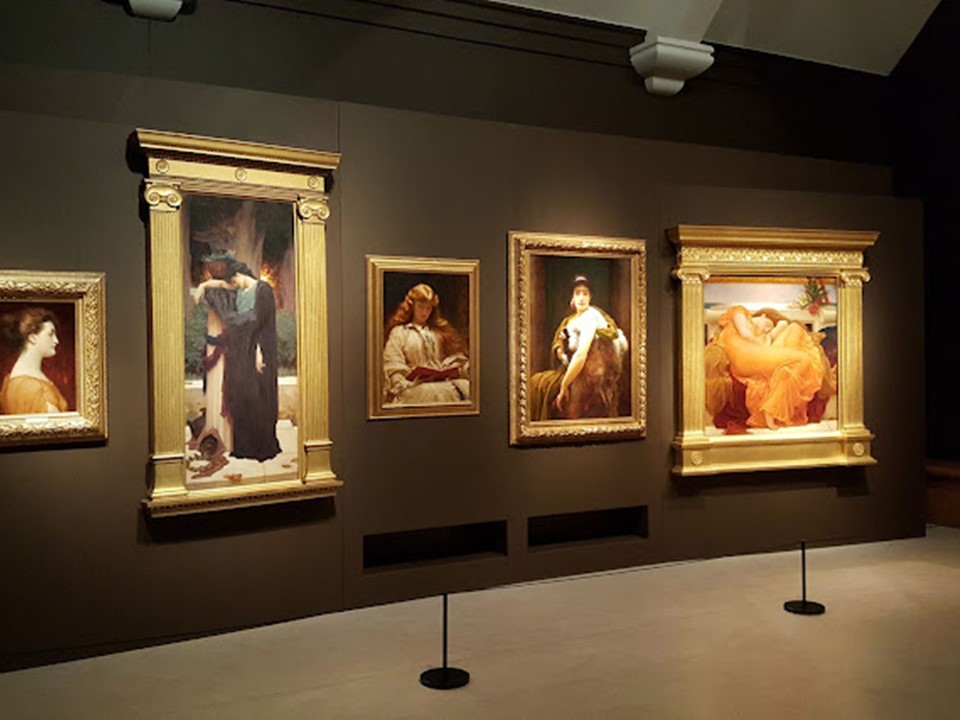
https://www.rbkc.gov.uk/museums/past-exhibitions-leighton-house
